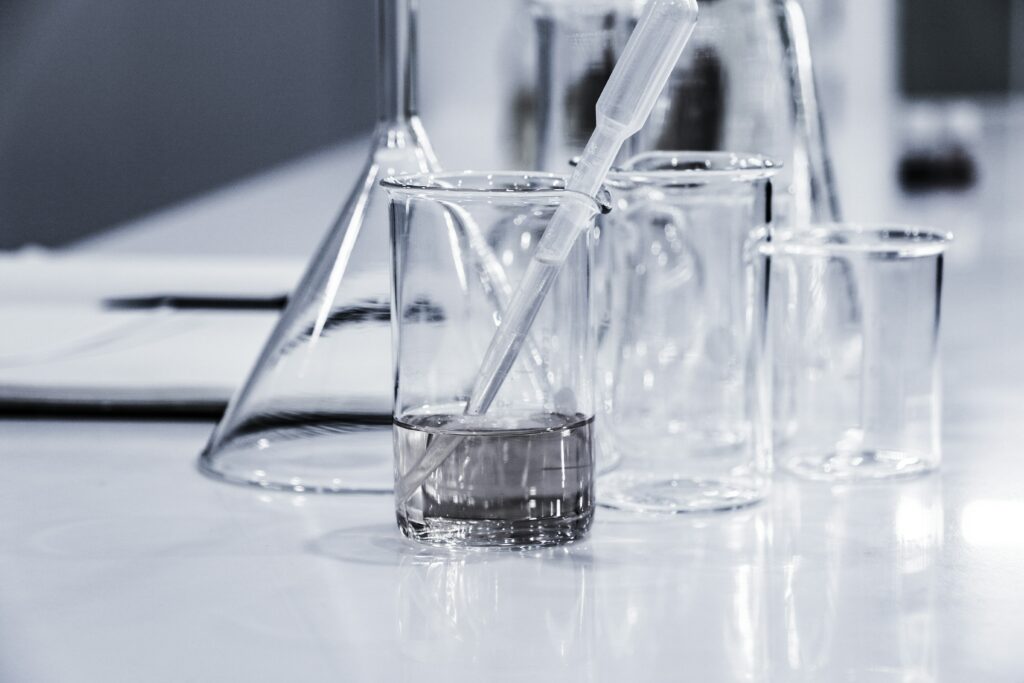Replacing a chemical sounds simple. In practice, substitution is a craft that takes time, patience, and many test rounds.
Substitution isn’t a side project—it’s a core process for quality and accountability. A substitute must be safer and work in real production. That means ensuring compatibility with formulations and materials, and making sure the solution holds up as regulations and customer requirements tighten. Safety data sheets rarely suffice; you need supplier dialogue, trial batches, and transparency. Even promising alternatives can demand tweaks to drying/curing profiles, adhesion, or color. Sometimes it clicks fast—more often, progress comes as a string of small improvements.
Why it’s hard—at a glance:
- Performance + risk: safer and equally strong in production.
- Compatibility: small formulation tweaks can have big ripple effects.
- Evolving requirements: solutions must endure over time.
- Supplier work: trial batches, open data, transparency.
- Side effects: process parameters often need adjustment.
Want to discuss how to prioritize the right substitutions first? Get in touch and we’ll share our prioritization model.
Next up in this series: we’ll break down our step-by-step method—from first hypothesis to robust production.

